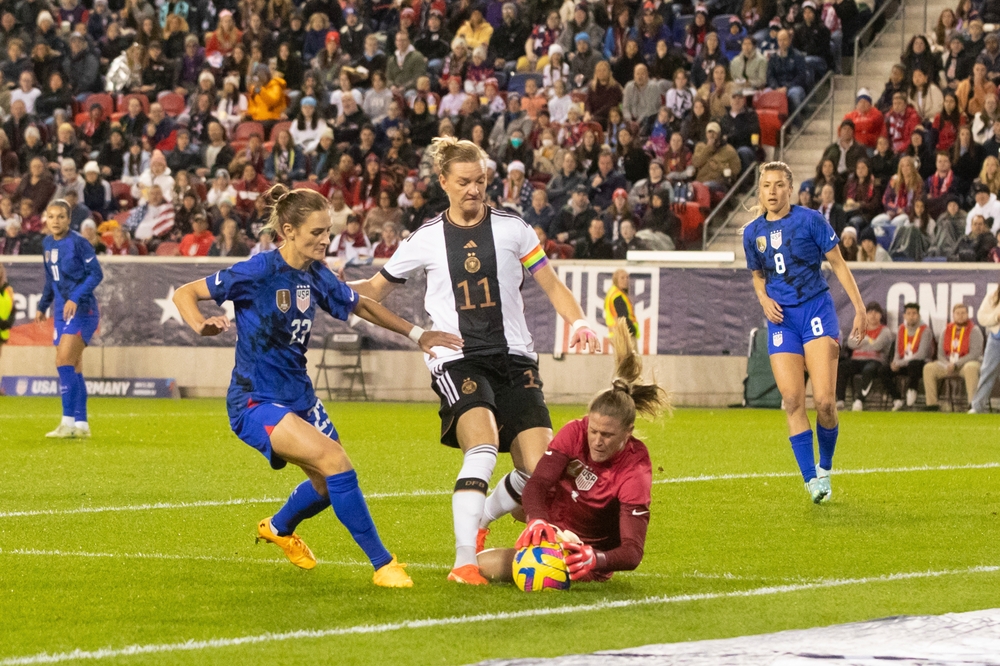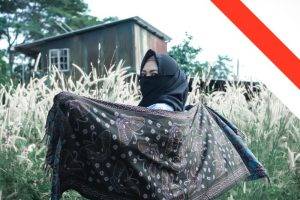As the Women’s World Cup gets underway, we look at an epidemic looming over women’s football. This epidemic has caused the absence of several significant players from the World Cup.
The culprit is a series of Anterior Cruciate Ligament (ACL) injuries, an issue plaguing many of the sport’s leading figures, causing worry and uncertainty within the community.
Understanding the Epidemic
For football star Megan Rapinoe, tearing her ACL for the third time led to a mere eye roll, an exasperated acceptance of the challenging recovery process ahead. Rapinoe’s experience is not an anomaly. Many female athletes have been sidelined by this injury, causing concerns over the health and future of women’s football.
Famous faces like Catarina Macario, Leah Williamson, Beth Mead, and Janine Beckie, among others, were unable to participate due to ACL injuries. This concern is escalating, with around 60 players in Europe’s five major leagues sustaining ACL tears in a single season.
Seeking Solutions Amidst Fear
In recent times, fear and anxiety have overwhelmed the sport. Many players worry about potential injuries and are seeking answers and reassurance from medical professionals and organisations. Yet, the scarcity of research and information concerning women’s susceptibility to ACL injuries creates further fear.
A widely accepted fact is that women are at a higher risk of suffering an ACL injury than men. The extent of this risk remains ambiguous, with estimates ranging from two to seven times higher. The exact reason for this susceptibility is under contention. Some argue it’s due to anatomical differences, while others believe it might be linked to hormonal fluctuations.
Dr. Katrine Okholm Kryger, a senior lecturer in sports rehabilitation at St Mary’s University in Twickenham, London, refutes the notion that the higher risk of ACL injuries among female soccer players is solely due to their physiological makeup. She acknowledges that factors such as the menstrual cycle and broader hips in women can slightly increase the likelihood of such injuries. However, she believes the emphasis placed on these factors is disproportionate. She suggests the real issues are controllable, gendered factors that reflect the less favourable conditions women players face, such as inadequate funding for women’s soccer. Kryger calls for dismantling harmful stereotypes perpetuating the notion of women being too ‘weak’ or ‘physically unstable’ to play soccer.
Shedding Light on Structural and Cultural Factors
While the increased intensity and frequency of games contribute to the ACL injury epidemic, the disparity between the organisational support for men’s and women’s football cannot be overlooked. There’s a distinct lack of resources and infrastructure for women’s teams. These include limited access to medical staff, nutritionists, and specialised strength and conditioning training.
Artificial turfs and inadequate footwear also exacerbate the problem. Women’s teams often play on artificial surfaces with shoes designed for men. Therefore, the risk of injuries like ACL tears inevitably increases.
A Step Towards Resolution
Ida Sports, founded by Laura Youngson, seeks to address the issue of ill-fitting footwear by producing custom-made football cleats for women. The company’s research has found that women generally have narrower heels, wider toe areas, and higher arches than men. This leads to a different interaction with the ground. While the company does not claim to solve the ACL injury problem entirely, its initiative highlights the importance of researching and addressing the unique needs and risks of female athletes.
The Long Road Ahead
Understanding and mitigating the ACL injury epidemic requires an interdisciplinary approach, blending medical research, training protocols, and player support. By valuing women athletes and addressing their unique needs, we can pave the way for a safer and more equitable playing field.












